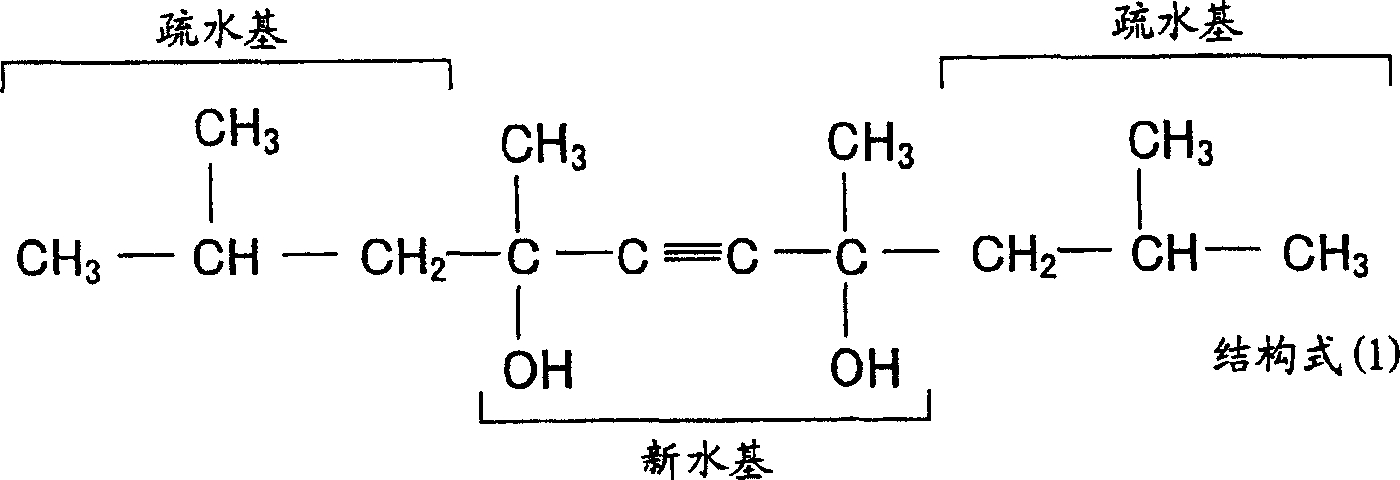Emulsified oil ink for stencil printing
A technology of emulsified ink and stencil printing, applied in the directions of ink, printing, application, etc., can solve the problems of viscosity reduction, dispersion deterioration, ink leakage, etc., and achieve the effect of improving the emulsion stability and wear resistance over time.
- Summary
- Abstract
- Description
- Claims
- Application Information
AI Technical Summary
Problems solved by technology
Method used
Image
Examples
Embodiment 1
[0160] -Preparation of emulsified ink for stencil printing-
[0161] First, an emulsifier and an oil component were mixed according to the recipe described in Table 1, and stirred by a high-speed dissolver. Thereafter, dispersion treatment was performed using a sand mill (LMZ2, manufactured by Ashizawa Finetec Co., Ltd.), to prepare an oil phase.
[0162] Next, pre-disperse the colorant, acetylene glycol, nonionic surfactant, water-soluble polymer, water, and antifreeze with a disperser mixer (manufactured by Tokuki Kagaku Co., Ltd., T.K.HOMOMIXER) according to the formulations listed in Tables 1 to 3. , an antibacterial agent, and an electrolyte were then fully dispersed with a sand mill (LMZ0.6, manufactured by Ashizawa Finetec Co., Ltd.) to prepare an aqueous phase.
[0163] Next, using an emulsifier (manufactured by Nikko Chemicals Co., Ltd., emulsification tester ET-3A type), the above-mentioned oil phase liquid was charged, and the above-mentioned aqueous phase liquid w...
Embodiment 2~11 and comparative example 1~4
[0165] In Example 1, except having changed to the composition shown in Tables 1-3, it carried out similarly to Example 1, and produced the emulsion ink for stencil printing of each example.
[0166] [evaluate]
[0167] Next, the following evaluations were performed about each obtained emulsion ink for stencil printing.
[0168] (1) Determination of dispersion time
PUM
 Login to View More
Login to View More Abstract
Description
Claims
Application Information
 Login to View More
Login to View More - R&D
- Intellectual Property
- Life Sciences
- Materials
- Tech Scout
- Unparalleled Data Quality
- Higher Quality Content
- 60% Fewer Hallucinations
Browse by: Latest US Patents, China's latest patents, Technical Efficacy Thesaurus, Application Domain, Technology Topic, Popular Technical Reports.
© 2025 PatSnap. All rights reserved.Legal|Privacy policy|Modern Slavery Act Transparency Statement|Sitemap|About US| Contact US: help@patsnap.com

